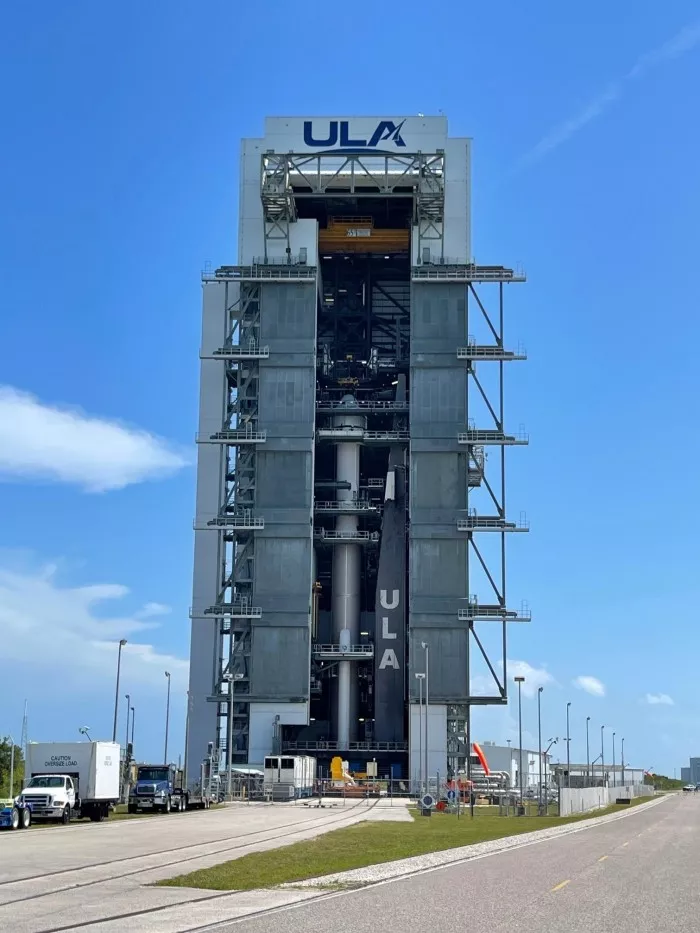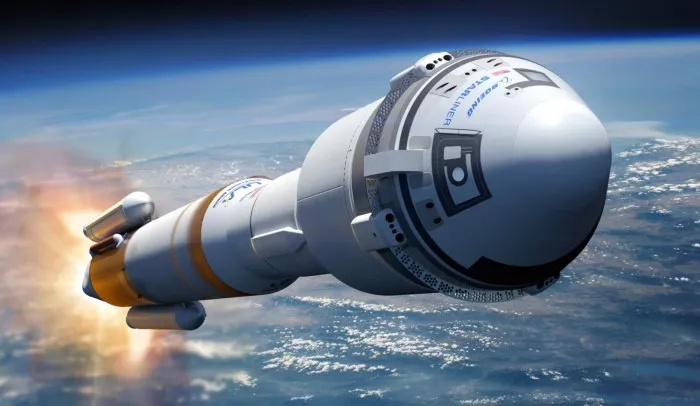On Wednesday, May 4, Boeing's CST-100 starliner spacecraft will rendezvous with the United States joint launch Alliance (ULA) Atlas V rocket, which will conduct unmanned flight tests for NASA's commercial crew program on its way to the international space station.
On May 4, 2022, Boeing's CST-100 starliner spacecraft was launched from the company's commercial crew and cargo handling facility at NASA Kennedy Space Center in Florida to the space launch complex-41 at Cape Canaveral Air Force base. Source: NASA / Glenn Benson
In this operation, starliner was launched from the commercial crew and cargo handling facility (c3pf) at NASA Kennedy Space Center in Florida and went to the space launch complex-41 (slc-41) at Cape Canaveral Air Force base to prepare for the company's second unmanned orbital flight test (oft-2)
The Atlas V rocket of the joint launch alliance and the CST-100 starliner spacecraft of Boeing have been fully assembled and ready for integrated system testing. Source: NASA / Glenn Benson
The starliner was lifted and carefully placed on the rocket and is now fully assembled for comprehensive system testing, including a tip to tail electrical inspection of the 172 foot Atlas V and starliner stack.
Oft-2 is scheduled to launch on Thursday, May 19, to demonstrate the human transport capabilities of the system. About 24 hours after launch, starliner will merge and dock with the space station, and then return to earth in 5 to 10 days. This test is the last flight before the launch of the starliner system to the Microgravity Laboratory and the first flight test with crew of the spacecraft. The potential launch window of CFT is under review and will be determined after the successful and safe completion of oft-2.
Boeing CST-100 starliner is a partially reusable spacecraft designed to transport astronauts to the international space station (ISS) and other low earth orbit destinations. It is manufactured by Boeing to participate in NASA's commercial crew program (CCP). The spacecraft consists of a reusable crew compartment and a consumable service compartment.
With a diameter of 4.56 meters (15.0 feet), the capsule is slightly larger than the Apollo command module and SpaceX dragon 2, but smaller than the Orion capsule. It can accommodate up to seven crew members and is designed to dock with the international space station for up to seven months and can be reused for up to 10 missions.

